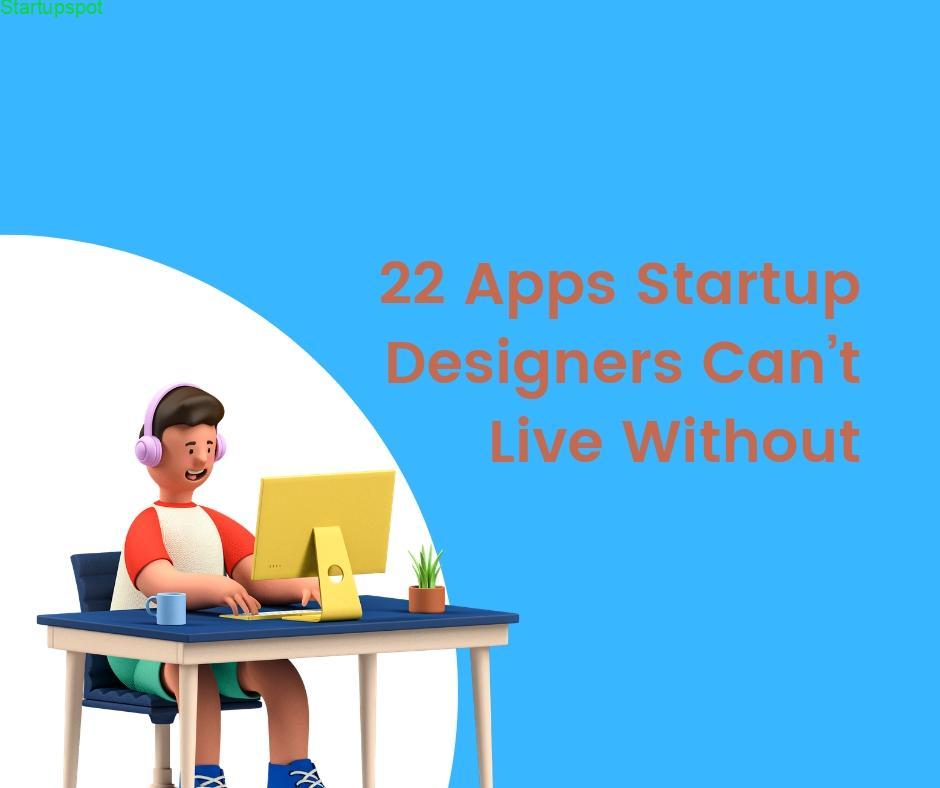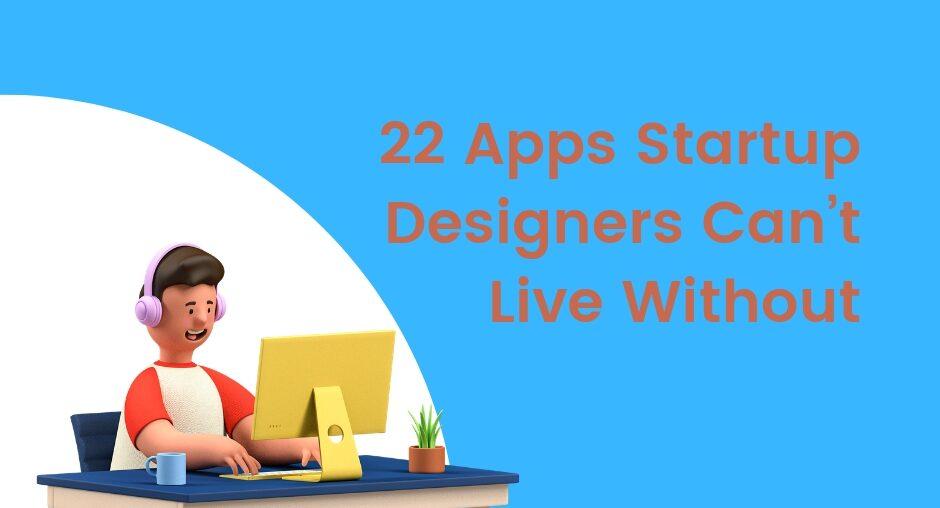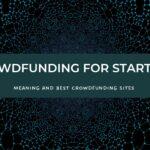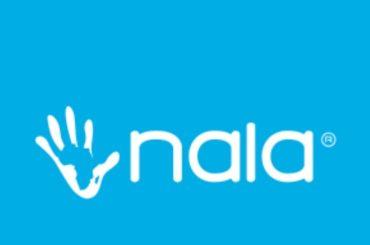The 22 apps startup designers can’t live without are Lightroom mobile, Retouch and Inshot, Behance, VSCO + Photos, Adobe Illustrator and others.
Technology has without a doubt changed the landscape of design. X-Acto blades, cow gum, and French curves were frequently used in the design process in the past, but today’s industry is mostly driven by digital technology.
The operational components of a creative studio have been digitized by apps of all kinds: Dropbox has replaced a filing cabinet, and Slack has replaced a fast call.
While the abundance of applications could overwhelm a project or even hinder creativity, only a select few have become indispensable in the design profession for their efficiency, inspiration, and communication.
To learn more about their preferred apps, we interviewed designers, illustrators, and other creatives from around the world.

22 Apps Startup Designers Can’t Live Without
Here are the 22 applications startup designers can’t live without.
- Things and RightFont
- Dropbox
- Insight timer and Todoist
- Spotify
- Tumblr
- Lightroom mobile, Retouch and Inshot
- Behance
- VSCO + Photos
- Adobe Illustrator
- Tiktok
- Procreate
- Notes
- Are.na
- Apple Calendar and Pinterest
- Indesign
- DragDis
- Muzli
- Noiz.io
- What the font
- Invision
- Wappalyzer
For length and clarity, the comments have been modified.
1. Things and RightFont
Things, a productivity and task management software, comes first. To manage my days, weeks, and months while planning projects for both my business and personal lives, I find it to be really useful. It keeps my desk tidy and my mind clear and is native to iOS and macOS.
The second is RightFont, a specialised macOS font manager. It may automatically activate with Adobe programmes like Illustrator or InDesign and is simple to use.
Comparing different typefaces side by side is another important application of the dynamic font preview tool. It facilitates and enhances the process of maintaining and installing fonts.
Read – Essential tools that can help you write better.
— Designer and art director, Dan Elliott.
2. Dropbox
Dropbox is the work app I find most handy. I store all of my work files and images there, and it saves numerous earlier versions of each file so I can roll back any changes I might have made inadvertently.
— Illustrator, Lucia Calfapietra.
3. Insight Timer and Todoist
My go-to meditation app for goal-setting, affirmation, and optimism is Insight Timer. Although I don’t consider myself to be particularly spiritual, I do think that visualisation and the power of the mind are important, much like for sports. I’m delighted to say that my career as a designer and artist is continuing to experience fantastic things.
Without Todoist, I don’t know how to work or survive. My mind is at ease and I can concentrate on designing because all of my work and personal to-dos are in one location and linked to my calendar.
I have “Work This Week” for urgent tasks and “Work Bucket” for tasks that must be completed but don’t have a due date (e.g., PR, website update, find art residency).
READ – 40 Startup Business Ideas
— Designer/artist, Mamimu (June Mineyama-Smithson).
4.Spotify
Although it sounds odd, Spotify is currently my preferred app. At this point, I don’t need to be physically present to work; I can do it online or even just with basic materials like paper and a pencil, which are everywhere. My music collection is the only thing I can’t operate without.
— Steven Harrington, a designer and artist.
5. Tumblr
Tumblr is one of my favourite applications for finding ideas. I’ve been a subscriber since 2010, and even though the app has had its ups and downs, the sheer volume of photographs, posters, archival documents, colours, textures, and text keeps my creative juices going.
— Writer, editor, and designer, Andy Johnson.
6. Lightroom Mobile, Retouch, and InShot
To edit my photos, I use Lightroom. I frequently use ‘Do You Travel’ presets to add a little extra punch to my photos. I use InShot for any basic video editing, such as splicing clips and accelerating video, and I use Retouch for short photo adjustments like eliminating stray lines or strange objects from pictures.
— Joanna Muoz, an illustrator and Lettering Artist.
7. Behance
The app I use the most is Behance. It’s a terrific place to find inspiration because you can watch in-depth live streams that reveal a creative’s design process and techniques.
In addition to viewing a variety of amazing work from different artists across many different disciplines. You can really sense who was working behind the scenes.
Adobe Live streams on Behance are a prime example of this. I have the honour of hosting Adobe Live in addition to being a freelance designer. I now have the chance to talk with artists who have had various upbringings and experiences. This can undoubtedly inspire me and have an impact on how I practice.
― Freelance graphic designer, Kieron Lewis.
8. VSCO + Photos
My photos app and VSCO go hand in hand. I frequently find inspiration for my designs and illustrations in the hues, settings, and compositions I see around me.
I frequently take pictures and edit them with VSCO, which enables me to really give them life with their filters and editing choices, like boosting the saturation and adding some grain.
— Sophia Yeshi, a designer and illustrator of Yeshi Designs.
9. Adobe Illustrator
I regularly create posters and logos using Adobe Illustrator. It’s a really versatile tool that allows me to create intricate designs while having fun.
It benefits me as a designer and person in that it allows me to experiment with shapes and produce eye-catching designs and patterns that can be applied to a variety of media.
10. TikTok
TikTok (and its “For You Page”) is a constant scroll of fresh, surprising, and richly authentic perspectives, sandwiched between current world events, heartbreaking stories, and, of course, the occasional meme.
It is one of my notes and camera apps. Yes, procrastination can result from it (we’ve all done it), but I really feel that many of the upcoming top creatives are leveraging the platform and pushing it to become something much more than its original purpose
For my part, I don’t use the app to get “design inspo” but rather open it with a specific creative project in mind and leave with a new perspective that, in my opinion, feeds back into the work and keeps it culturally current.
— Alby Furfaro, the director of design at 303 MullenLowe.
11. Procreate
Procreate for the iPad Pro is currently my preferred app. Pen and ink have always been my favoured medium, especially since I combine traditional and digital techniques. I come from a bygone era of designers who produced illustrations on tracing paper, light boxes, and scanners.
Since I switched to Procreate a little over four years ago, it has been quite helpful in bridging the gap in the technique I was used to for producing my artwork.
The process of sketching, inking, and touching up on a lightbox or tracing paper; scanning; and then transferring to either Photoshop or Illustrator, to which I had grown accustomed for so many years, has been replaced by directly sketching in the app. I find that I now produce at a much faster rate as a result.
— Sindiso Nyoni, graphic designer and illustrator.
12. Notes
I’ll admit that I’m not the most app-centric person, but I do adore the Notes app. I save notes for pretty much every aspect of my life, including meeting notes, TV shows I want to start, and predictions I made using Wordle while I was sitting. Although chaotic, everything is present.
— Katrina Ricks Peterson, art director at Actual Source.
13. Are.na
Apart from the common design applications, there aren’t many essential programmes I use that are noteworthy. Are.na would be the most important.
I use this as a research tool for projects, primarily through private channels but occasionally through public ones as well.
You can gather information using it, including documents, text, links, sounds, and images. There is also some customizable community interaction that isn’t algorithm-based.
— Daniel Kent, Ikhoor Studio’s creative director.
14. Apple Calendar and Pinterest
I have an extremely structured schedule because Apple Calendar is connected with my Google account, phone, and PC. To concentrate on my work, finish my obligations, and maintain a healthy balance between work and life, I believe this is a crucial point in my day as a freelance designer.
Every day, I use Pinterest to find rapid inspiration. The strong visual associations on Pinterest are what I appreciate most, but my favourite sites for this are Savee (they should build an app!), Fonts in Use or The Brand Identity.
— Independent creative director, Pia Alive.
15. Instagram
Instagram is a fantastic resource since designers have utilized it to display their work and portfolios.
Since I follow a lot of creative people who all have various design philosophies, the works that are displayed on my feed are varied and feature a variety of styles, from subtle to outlandish concepts!
Looking at the best works has motivated me to create more amazing things that other creative people can be inspired by as well as providing me with ideas for my upcoming work.
— AJ Trinidad, an art director and expert in creative design.
16. InDesign
InDesign is the app I use the most frequently. Even though I adore the concept and ease of using an iPad for work, InDesign is what keeps me tethered to my MacBook.
In addition to being the only fully complete programme for arranging books and periodicals. It also serves as the ideal blank slate for organising ideas with very few limitations.
On the other hand, it was one of the first programmes I was educated on, so you learn how to do pretty much anything on it. With Excel, I’m certain the same could be stated.
— Giuseppe Santamaria, a designer and photographer.
17. DragDis
As a designer, I’m constantly searching for ideas. I can use the tool DragDis to preserve inspiration when I come across it. It is simple to use. Once the Chrome extension is installed, begin dragging.
My DragDis folders are arranged by week. I make a fresh inspiration folder every week. It’s a fantastic tool to monitor how my taste in design has evolved.
Moreover, DragDis offers a full-page grid view. Fantastic mood boards can result from this.
18. Muzli
A Chrome addon called Muzli collects articles about design from websites like Designer News, Dribbble, Behance, etc.
The greatest content from each of these websites is sourced for you by Muzli each time a new tab is opened in Chrome.
They offer a staff selection area, which is one thing I appreciate. It’s similar to having a personal assistant choose the best front-end and design-related articles for you.
19. Noiz.io
Many designers prefer to visit trendy coffee shops because of the atmosphere. Noiz.io assists in creating the atmosphere in your house.
You can select from a variety of ambient sounds using Noiz.io, such as October Rain, Coffee House, Thunderstorm, and Sea Waves. Perfect for entering a state of flow.
20. What the Font
The design includes a significant amount of typography. What the Font is one of my favourite Chrome extensions because of this. It aids in determining the fonts that a website use, simply point and click
21. Invision
The prototyping and workflow platform Invision is ideal for fostering collaboration between front-end developers and designers.
A project can have a sequence of screens uploaded by designers. Then they connect their screens via a hot connection.
If you tap or click on the hot linked areas they will advance you to the next screen. It’s a wonderful technique for designers to explain the flow to clients and engineers. Additionally, it helps conduct some preliminary user-based qualitative research.
Another recent addition from Invision is a function called Boards. You may create mood boards and gather inspiration with Boards. The main distinction between this and using DragDis is that Boards is a collaborative platform that enables teamwork
22. Wappalyzer
A programme called Wappalyzer can tell you which libraries and frameworks a website uses. One of the most helpful tools for a front-end developer, it has a Chrome extension.
Wappalyzer can answer your question the next time you’re curious about the library a website is utilizing to produce a certain visualization.
Conclusion
Please let me know if your favourite application was left off of this list. I’m always willing to learn new stuff. Feel free to comment below. If this post was helpful, comment and share.





